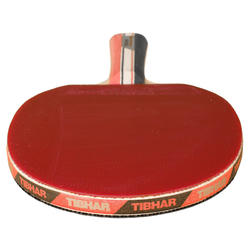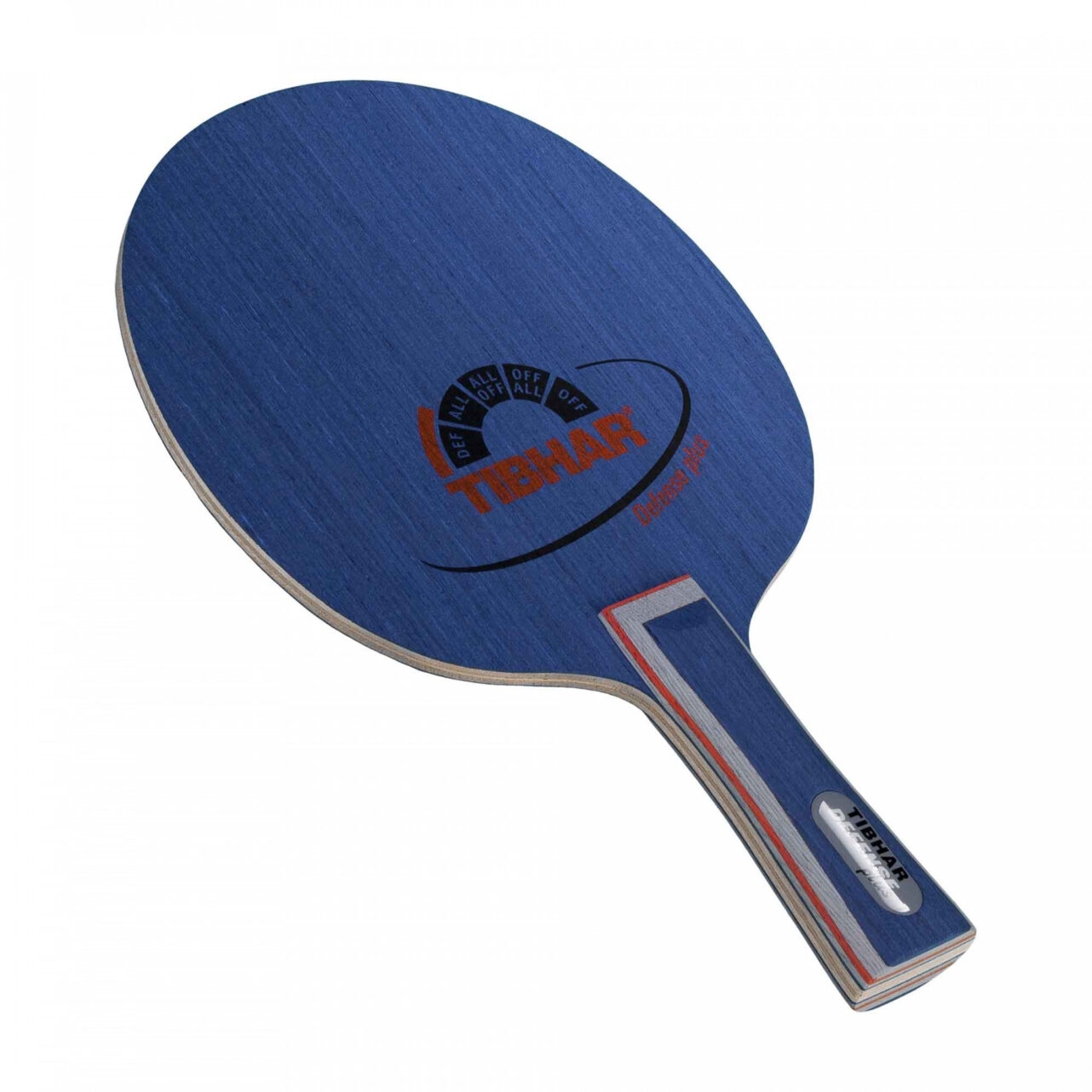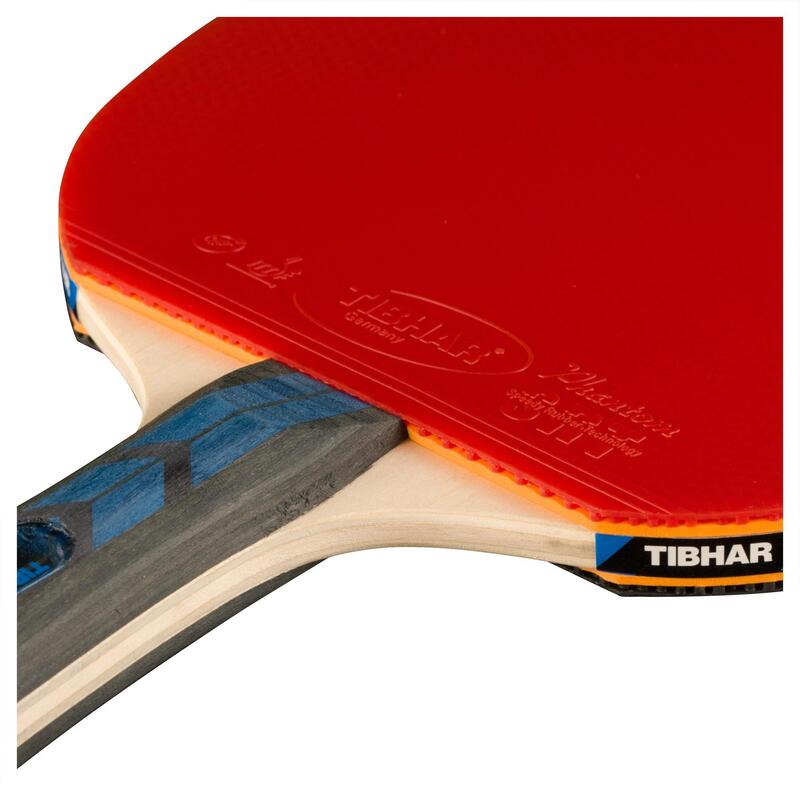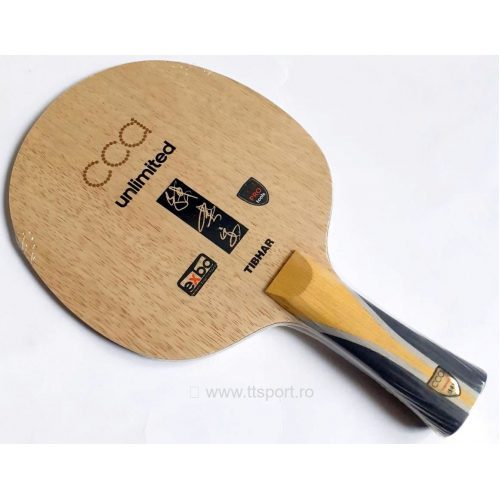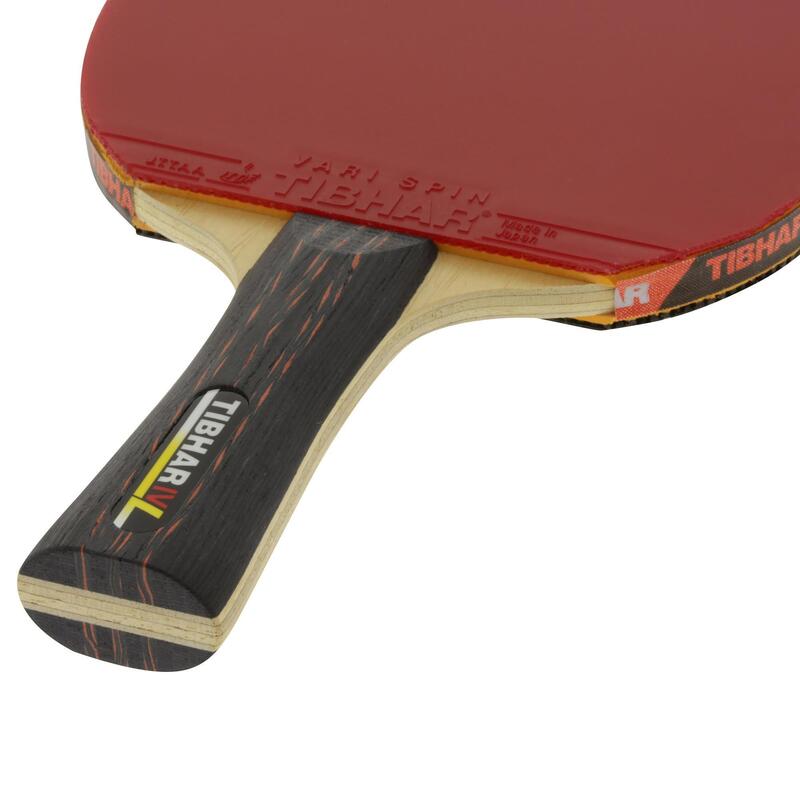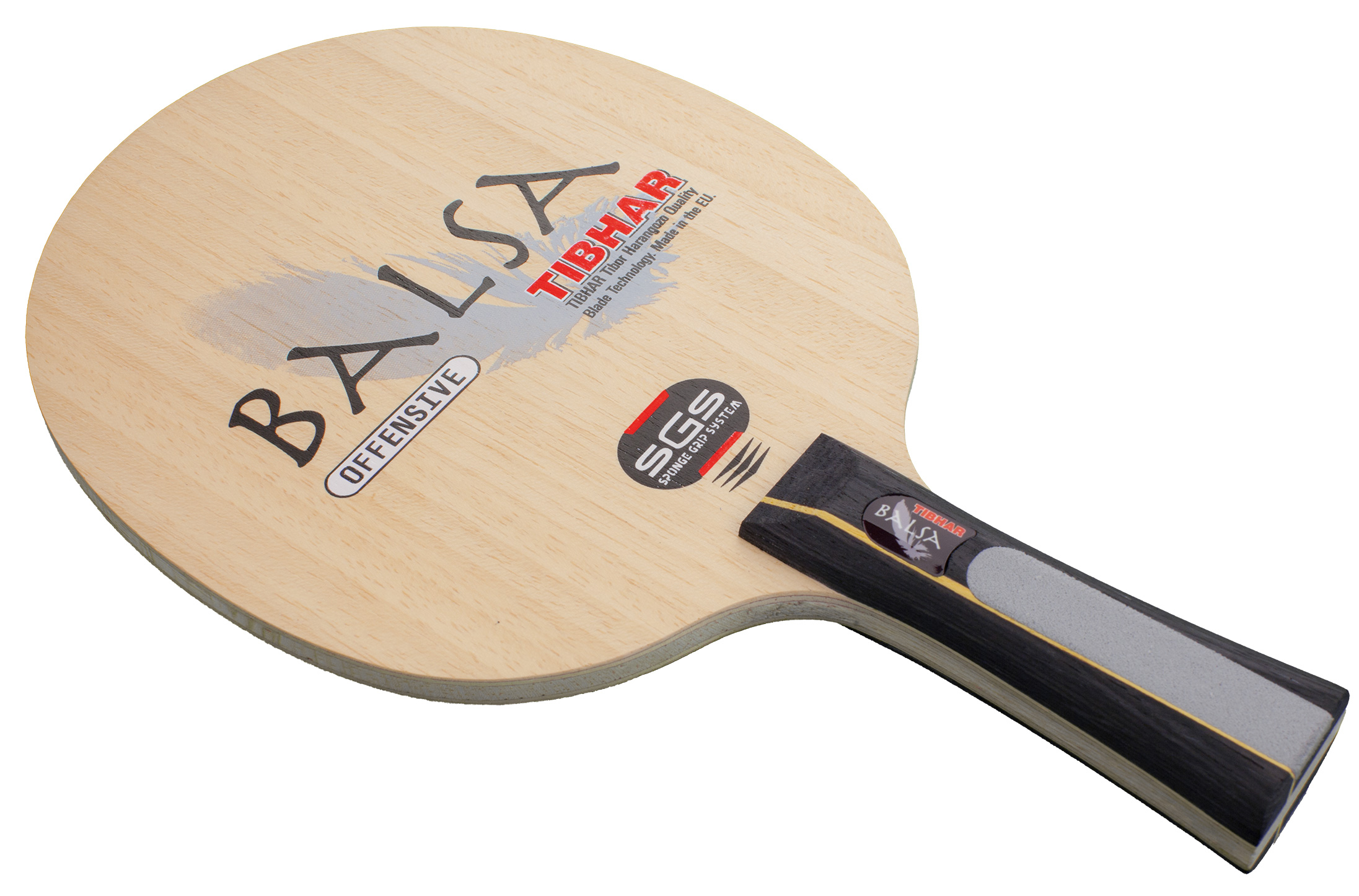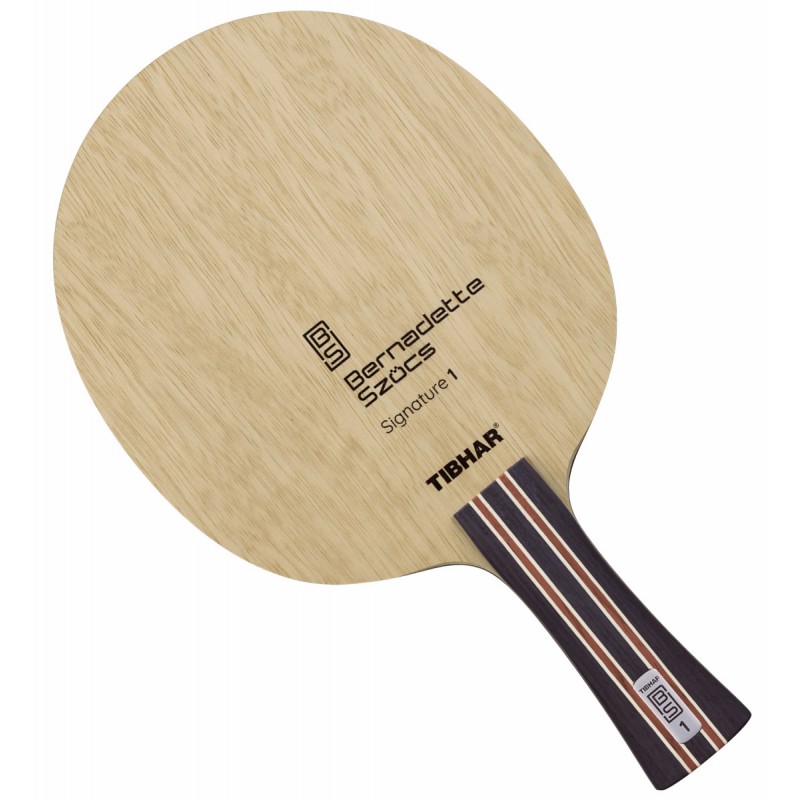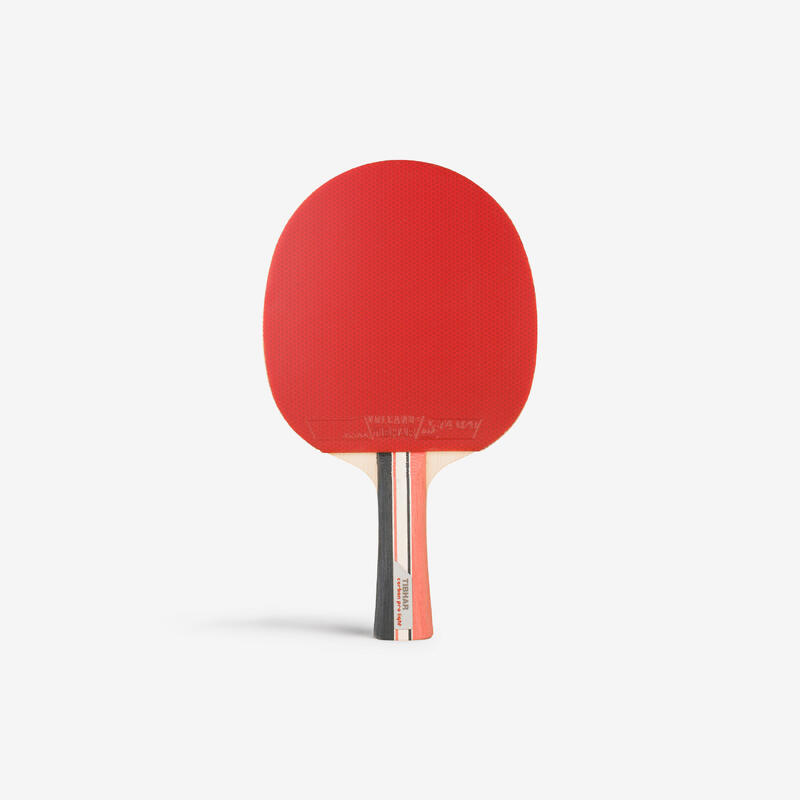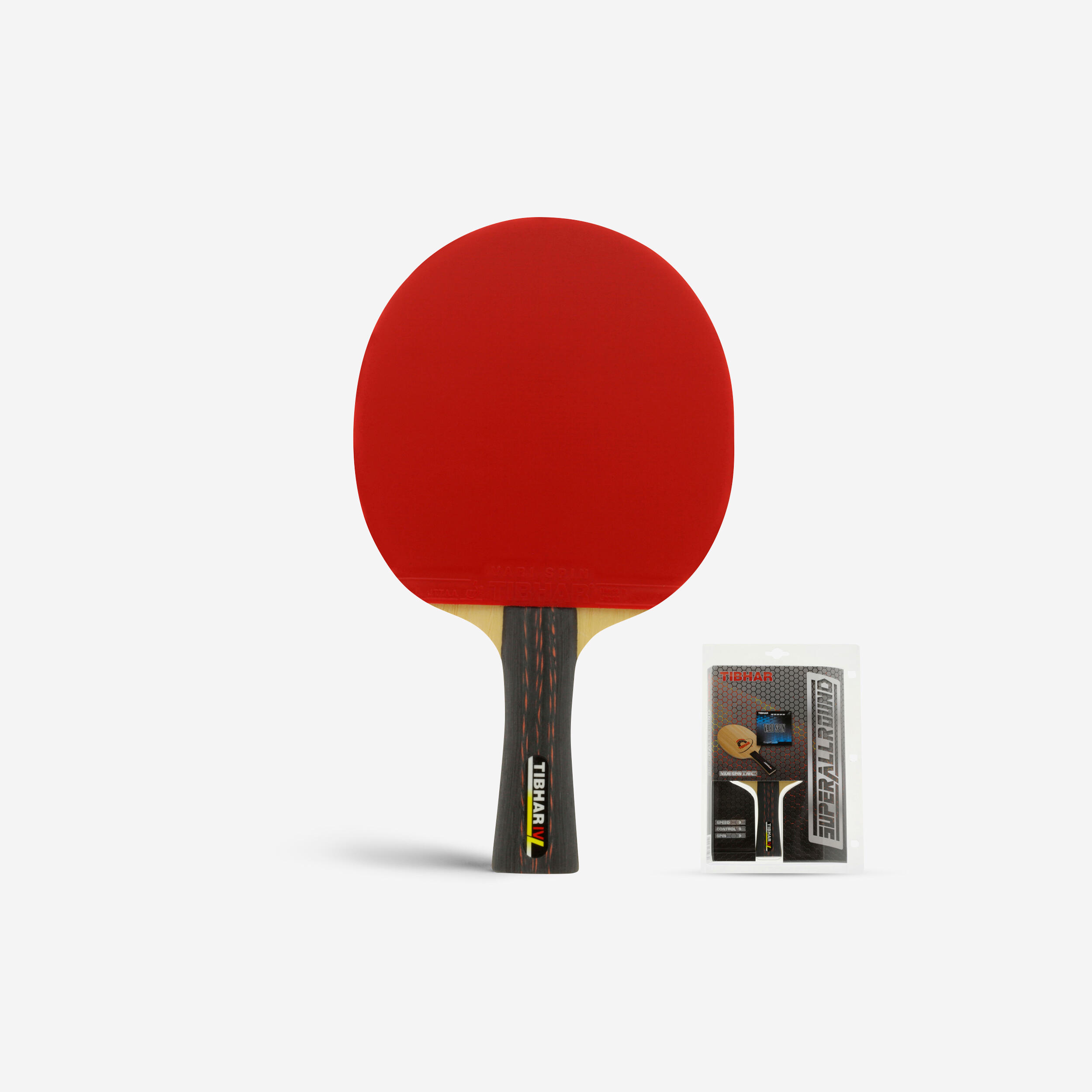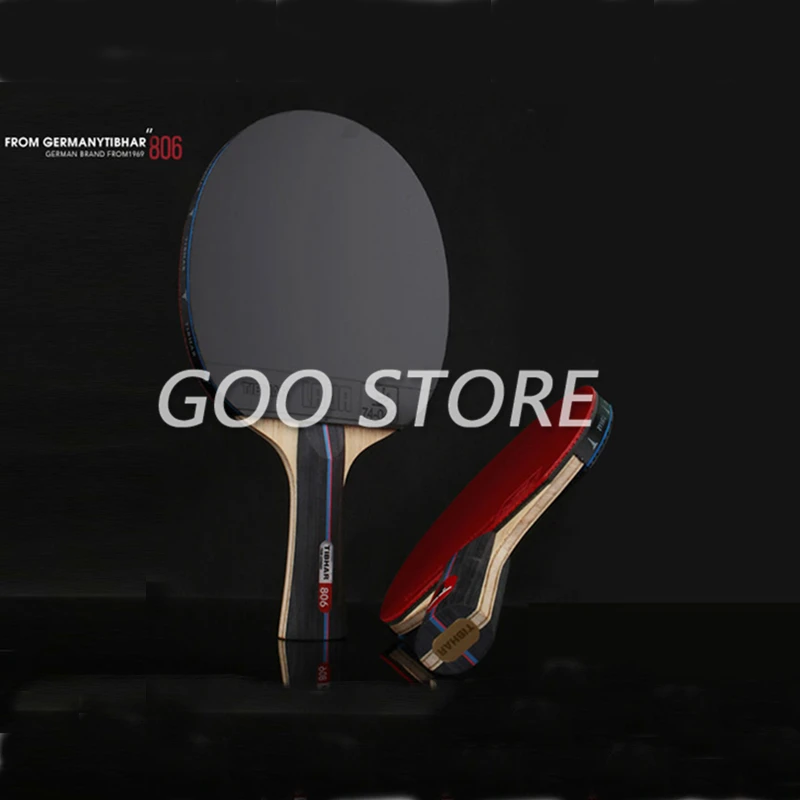
Tibhar 806 profesionale racheta de tenis de masă concurs de ping-pong cu zbaturi mare lipicios cosuri-în pingpong bat cu sac cumpara < Reduceri | Rentbook.ro

Tibhar 806 profesionale racheta de tenis de masă concurs de ping-pong cu zbaturi mare lipicios cosuri-în pingpong bat cu sac cumpara < Reduceri | Rentbook.ro

Paleta de tenis Tibhar Samsonov 1000 | Tenis de Masa | Magazin online de articole sportive si echipament sportiv - MaximaSport

TIBHAR-raqueta de tenis de mesa de 9 estrellas, raqueta de Ping Pong con hoja de carbono de goma pegajosa Superior, raquetas de tenis con espinillas, palo de paleta de Ping Pong

Paleta tenis de masa Ping Pong Tibhar + Reactor Corbor, Ofensiva, 5 straturi lemn + 3 straturi nanocarbon Technology, aprobat ITTF, Rosu si Negru - eMAG.ro

Paleta tenis de masa Ping Pong Tibhar + Reactor, Ofensiva, 5 straturi lemn + 3 straturi nanocarbon Technology, aprobat ITTF, Rosu si Negru - eMAG.ro

Paleta de tenis Tibhar Flore 1000 | Tenis de Masa | Magazin online de articole sportive si echipament sportiv - MaximaSport


